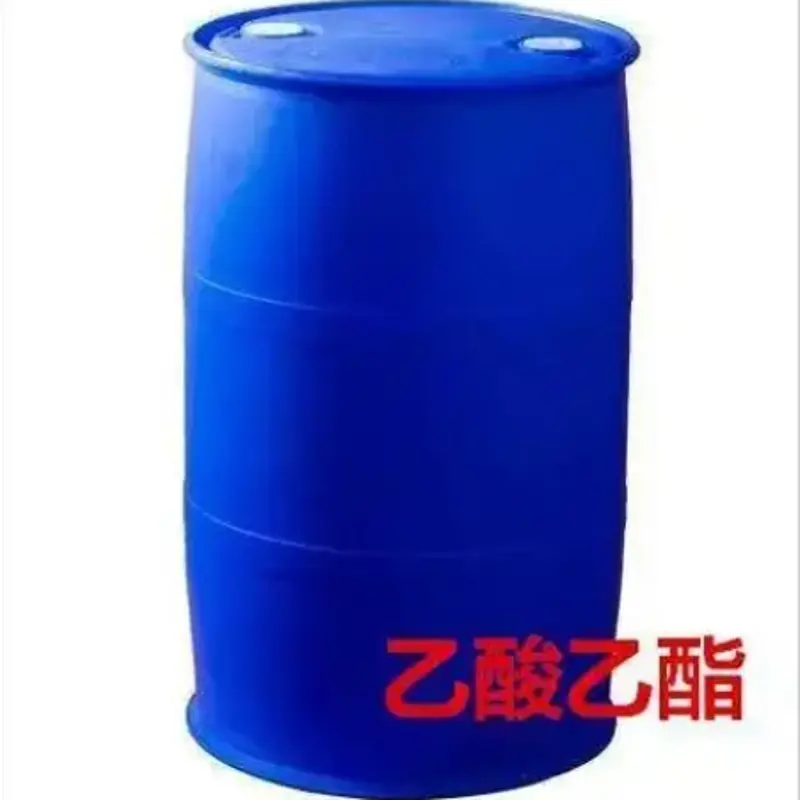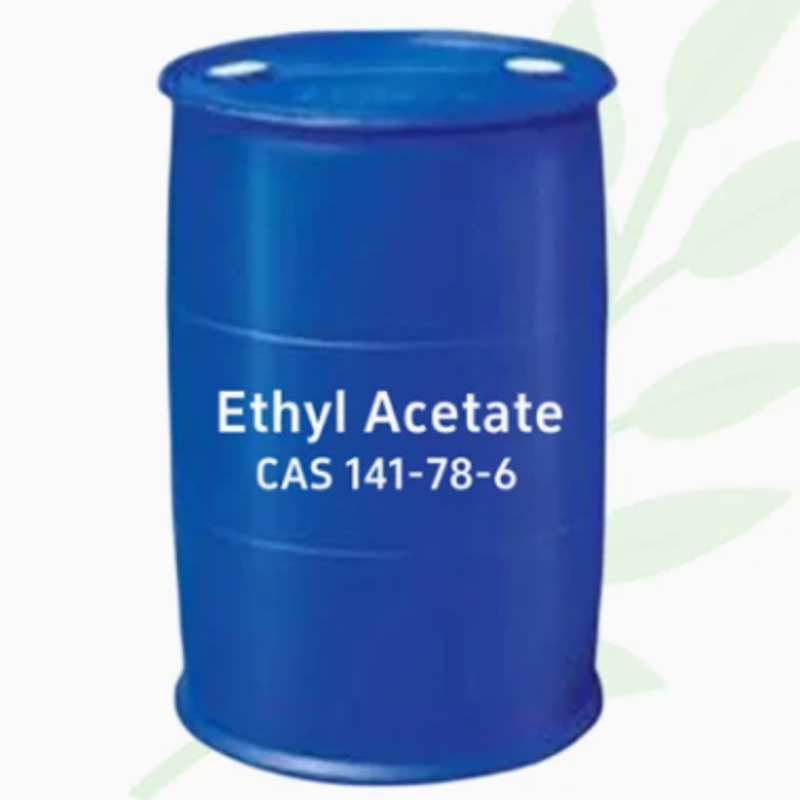-
Categories
-
Pharmaceutical Intermediates
-
Active Pharmaceutical Ingredients
-
Food Additives
- Industrial Coatings
- Agrochemicals
- Dyes and Pigments
- Surfactant
- Flavors and Fragrances
- Chemical Reagents
- Catalyst and Auxiliary
- Natural Products
- Inorganic Chemistry
-
Organic Chemistry
-
Biochemical Engineering
- Analytical Chemistry
-
Cosmetic Ingredient
- Water Treatment Chemical
-
Pharmaceutical Intermediates
Promotion
ECHEMI Mall
Wholesale
Weekly Price
Exhibition
News
-
Trade Service
The Production Process of Maytansinoid DM: An Overview in the Chemical Industry
In the world of chemistry, there are countless compounds that have the potential to revolutionize the way we live, work, and treat diseases.
One such compound is Maytansinoid DM, a highly potent and selective inhibitor of the Anaplasma phagocytophilum bacteria.
This bacterium is responsible for causing human monocytic ehrlichiosis (HME), a severe and often fatal tick-borne disease.
With the rise of tick-borne diseases in recent years, there has been a growing need for effective antibiotics that can effectively treat these infections.
Maytansinoid DM is one such antibiotic that has shown great promise in the fight against tick-borne diseases.
In this article, we will explore the production process of Maytansinoid DM in the chemical industry.
I.
Introduction to Maytansinoid DM
Maytansinoid DM is a semi-synthetic antibiotic that is derived from the Maytanus species of plants.
The production of Maytansinoid DM involves a complex process that involves several steps, including the extraction of the active compound from the plant, its purification, and finally, its synthesis in the laboratory.
The compound is highly potent and selective, meaning that it is effective in killing the target bacteria while having minimal effects on other microorganisms.
This makes it an attractive candidate for the treatment of tick-borne diseases, where the goal is to eradicate the infection while minimizing the risk of side effects.
II.
Extraction and Purification of Maytansinoid DM
The first step in the production of Maytansinoid DM is the extraction of the active compound from the Maytanus plant.
There are several methods that can be used to extract the compound, including solvent extraction, liquid-liquid extraction, and chromatography.
The extracted compound is then purified using a variety of techniques, including crystallization, precipitation, and filtration.
The purified compound is then dried and ground into a fine powder for the next step in the production process.
III.
Synthesis of Maytansinoid DM in the Laboratory
The final step in the production of Maytansinoid DM is its synthesis in the laboratory.
This step involves the creation of the various components of the compound, which are then combined to form the final product.
The synthesis of Maytansinoid DM is a complex process that involves several stages, including the synthesis of the basic structure of the compound, its modification with various functional groups, and the final synthesis of the fully functional compound.
IV.
Challenges in the Production of Maytansinoid DM
While the production of Maytansinoid DM has been made possible through advances in technology, there are still several challenges that must be overcome in order to scale up production and bring the drug to market.
One of the major challenges is the high cost of production, which makes it difficult to produce the drug in large quantities.
Additionally, the synthesis of Maytansinoid DM requires a large number of steps, making it a complex and time-consuming process.
Finally, there is a risk of contamination during the various stages of production, which must be carefully controlled in order to ensure the purity of the final product.
V.
Conclusion
Maytansinoid DM is a highly promising compound in the fight against tick-borne diseases.
Its production process involves several steps, including the extraction of the active compound from the plant, its purification, and finally, its synthesis in the laboratory.
While there are still challenges to overcome in the production of Maytansinoid DM, the drug shows great promise in the treatment of tick-borne diseases.
With continued research and development, it is possible that this compound will become an effective treatment option for those suffering






